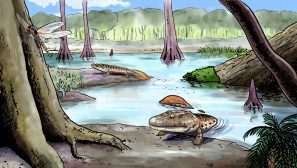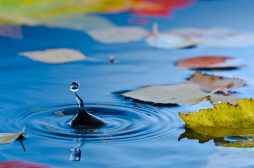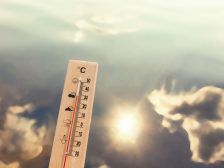Respiration occurring in aquatic communities by organisms that are adapted to do so. These organisms most usually have their respiratory organisms in direct contact with the environment to ensure that sufficient oxygen is up taken to be used in cellular processes.
You will also like...

Amphibians & Early Reptiles
Obtaining air outside an aquatic environment required species to acquire suitable adaptations, and this was the case of amphibians. However, they were limited by their inability to inhabit drylands. Apparently, the early reptiles were able to do so. To learn more about the evolution of amphibians and reptiles, read this tutorial...

Animal Water Regulation
Animals adapt to their environment in aspects of anatomy, physiology, and behavior. This tutorial will help you understand how animals adapt to their habitat. For instance, how animals thrive in aquatic habitat and are able to overcome osmosis. It also sheds light on the reasons animals adapt...

Plant Water Regulation
Plants need to regulate water in order to stay upright and structurally stable. Find out the different evolutionary adaptations of plants in terms of structure (e.g. stomata) and physiological mechanisms (e.g. root pressure, capillarity, transpiration pull, curving of leaves, etc.) that enabled them to maintain the appropriate water level...

Abiotic Factors – Water Conditions
A still body of water may be disturbed by a variety of factors. One of them is wind. In fact, it is considered as the prime factor responsible for water disturbance. Such disturbance can affect the distribution of organisms in the habitat. This tutorial looks at how these abiotic factors affect the way in which organisms operate in the freshwater ecosystem...

Abiotic and Biotic Factors
This tutorial deals with the abiotic factors of the freshwater environment that determine what sort of life would be suited to living and adapting to the conditions of the ecosystem...
